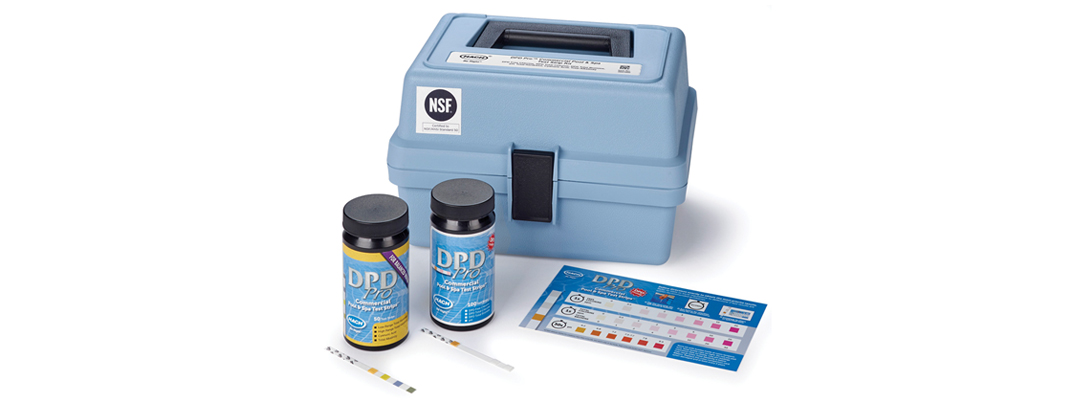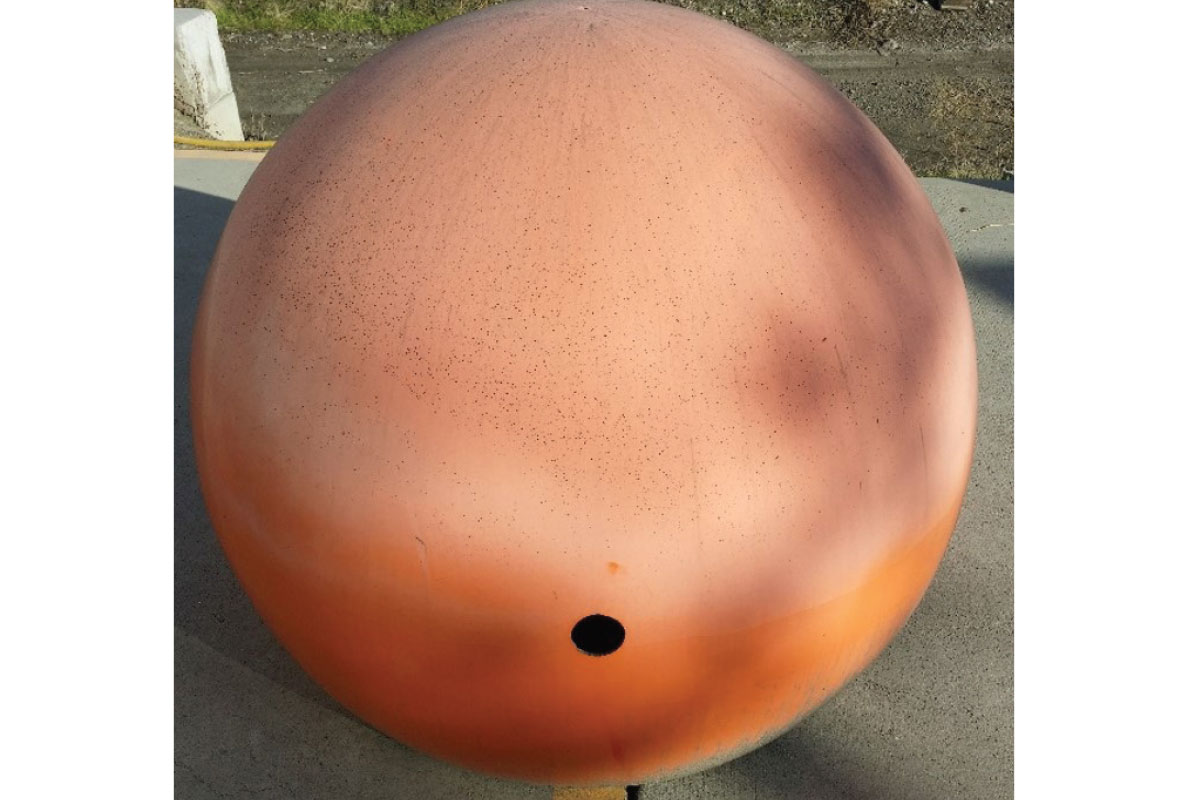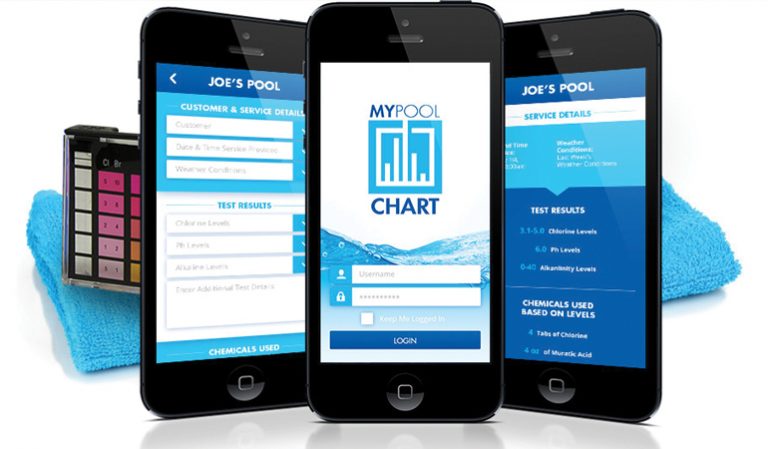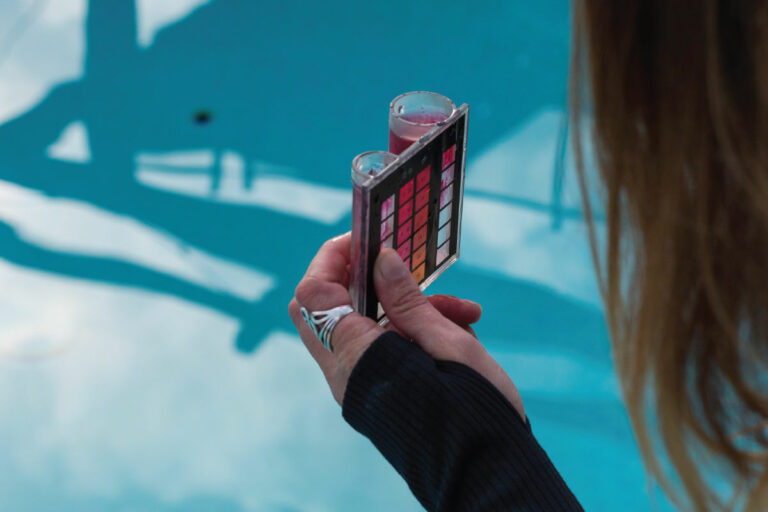To Strip or Not To Strip

Testing water quality is a constant for pool service professionals. What is not constant, however, are the testing methods or the results. A few pointers will ensure an accurate reading on the pool water, starting with a reliable test kit.
Greg Garrett, director of technical services for the National Plaster Council and Association of Pool & Spa Professionals Recreational Water Quality Committee member, says to get one that can test pH, alkalinity, calcium hardness, cyanuric acid and, obviously, free and total chlorine. “When you’re talking about testing water,” he says, “balance is one of the most essential things. So is the ability to calculate the saturation index. And you need all of those things plus a good TDS meter or TDS strip.”
Knowing whether the water is balanced can help make effective treatment decisions, says Joe Sweazy, national sales manager for Hach Company, manufacturer of AquaChek pool and spa testing products in Elkhart, Ind. “If you’re adjusting pH without testing for total alkalinity,” he says, “you may end up constantly adjusting it because the real problem of low total alkalinity hasn’t been identified.”
Sweazy says test strips may be an ideal choice for service professionals testing pools frequently and familiar with the trend of the pools they service. “Test strips are a quick and easy way to obtain reliable results for multiple key parameters simultaneously,” he says. However, for individuals who have color blindness, Sweazy recommends a test instrument with a digital readout.
Chris Golden, vice president of sales development and growth at Taylor Technologies in Sparks, Md., says a colorimeter is the best way to test important pool parameters: It electronically determines color intensities, providing an advantage over human senses.
Golden’s says test strips are actually the least effective method. “There are good strips out there, but they are the least sensitive of the technologies available because they can only report a handful of values as shown on the comparator cards,”he says.
Regardless of the testing method, Garrett says to check its accuracy and precision against known reference standards by using a calibration solution to define your electronic meter. Sweazy adds that reading the label and following manufacturer instructions is also imperative.
“Every brand and kit can be a little different,” Sweazy says. “There is often a different activation procedure, even if the products look similar.” The instructions can be simple, he says, but it’s still important to perform each step in order. Also, he adds, always follow the directions for storing the kit. Many kits and reagents should be stored at room temperature and not left in hot vehicles or stored outdoors, he says: “Know the limitations of the kit, including interferences, and what happens if the parameter levels are outside normal operating range.”
Many distributors offer quality test kits, but another factor can contribute to inaccuracy, says Garrett: the expiration date. “If you’re using a strip that expired even three months ago, there is no sense of accuracy from that strip or kit,” he says. “You don’t take old medicine, and you don’t use old test kits and strips.” Keeping those quality checks in mind, each pool professional will ultimately determine the best test kit for their customers’ pools. “Test strips, liquid kits and digital meters each have unique advantages,” Sweazy says, “and matching those to the user’s needs will likely be most effective.”






